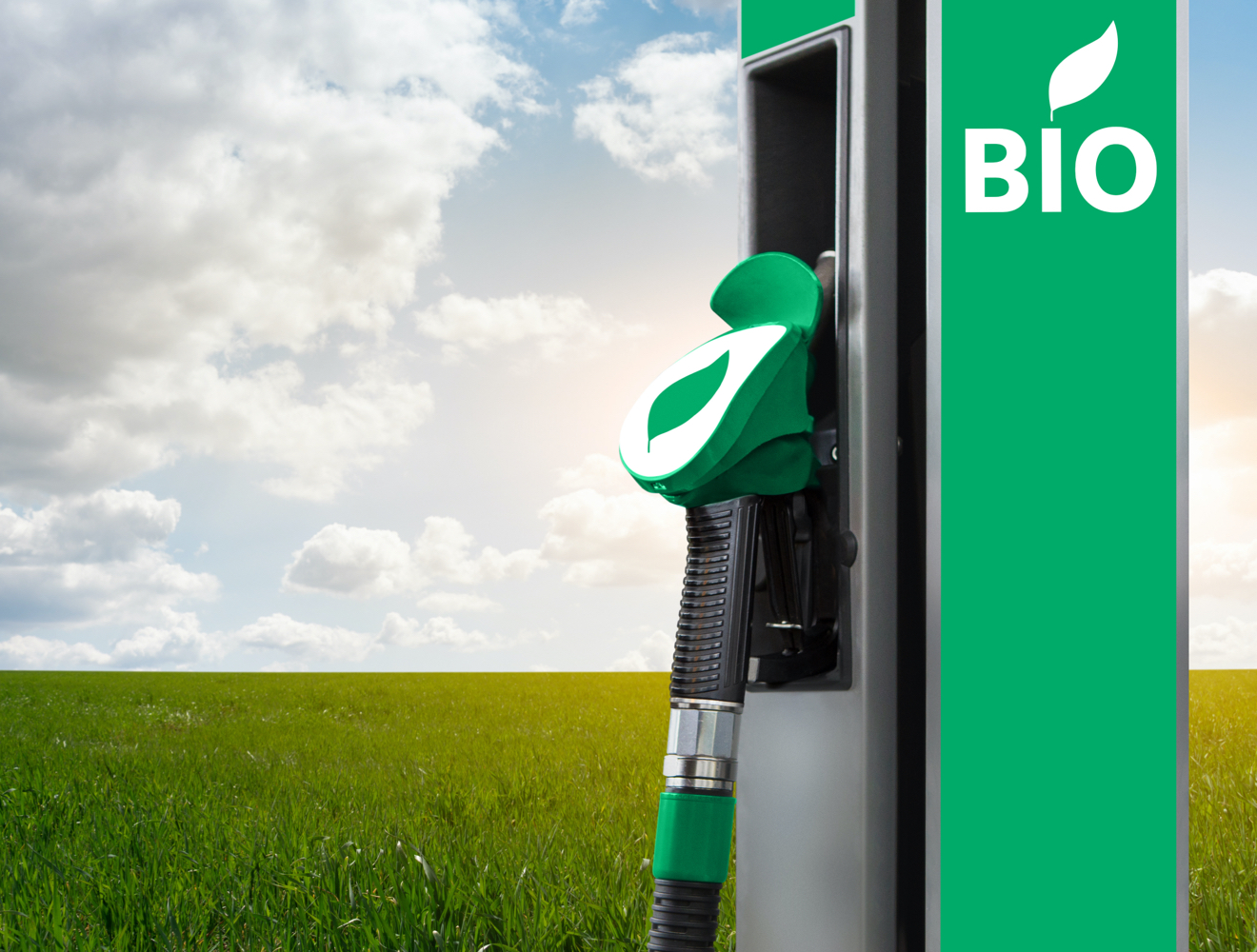
Sustainable Fuels
Sustainable fuels, also called biofuels, use renewable feedstocks in an effort to reduce the carbon footprint of many transportation fuels. Examples of sustainable fuels include renewable diesel, sustainable aviation fuel, ethanol, and biodiesel. Unlike petroleum-based fuels, feedstocks for these fuels are typically agricultural by-products and waste. U.S. production capacity for biofuels exceeded 21 billion gallons per year in early 2022, representing a growing segment of the nation’s fuel production.
Materials and Corrosion Expertise
Processes associated with biofuel and renewable diesel production can cause integrity challenges such as corrosion and pitting. SES’s dedicated corrosion lab allows for specialized testing to examine corrosion rates, flow regime simulation, and cracking simulation under a variety of conditions. Advanced tools, such as a scanning electron microscope (SEM), allow SES’s materials experts to fully characterize the effect processes have on material performance and allow operators to learn from identified issues and reduce downtime. As part of SES’s offerings to biofuel producers, materials experts have performed risk-ranking analyses for material susceptibility to high temperature hydrogen attack (HTHA) and failure analyses on production equipment.
Design and Analysis Expertise
SES has developed significant expertise in refining and facilities applications over its decades of service. These capabilities include fitness for service (FFS) and computational fluid dynamics (CFD) assessments. FFS evaluations determine pass / fail criteria and can allow operators to make critical decisions on continued operation and repair. CFD has been previously used for studies on mixing points for biofuel production processes. Tanks, vessels, and piping are all components subject to corrosion and other anomalies.
Instrumentation and Monitoring
Just like process equipment found in fossil fuel refineries, instrumentation and monitoring of biofuel process equipment can help ensure safe and economical operation. Acoustic emission (AE) monitoring for crack growth, as well as vibration, strain, and temperature monitoring are all capabilities SES has successfully deployed in the field to collect critical operational data. This data serves as inputs to physics-based analyses including SES’s NeoSight® platform and piping vibration studies.